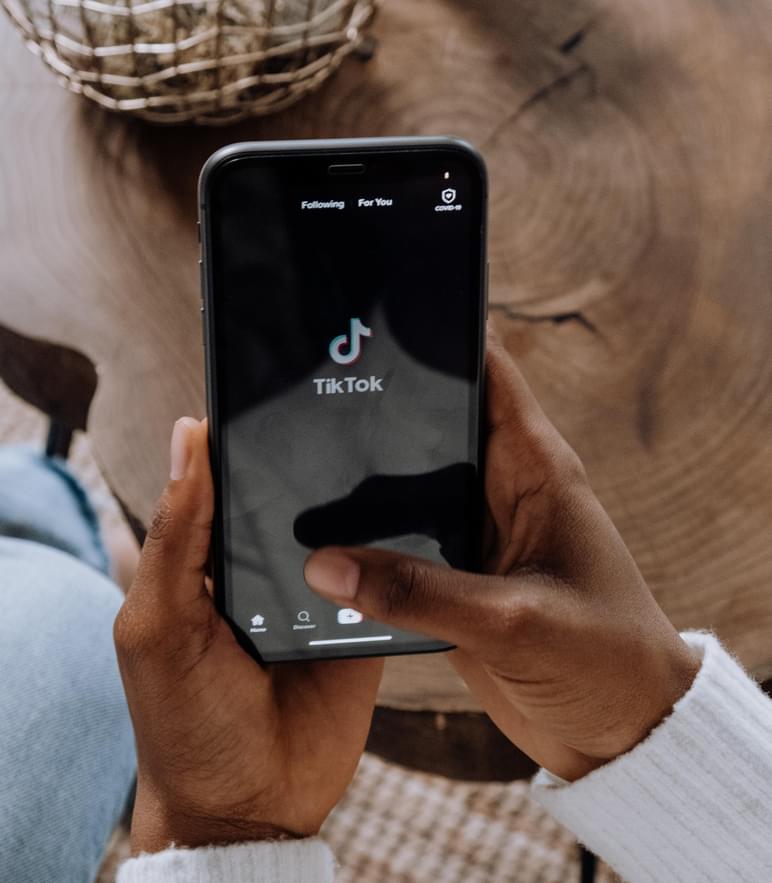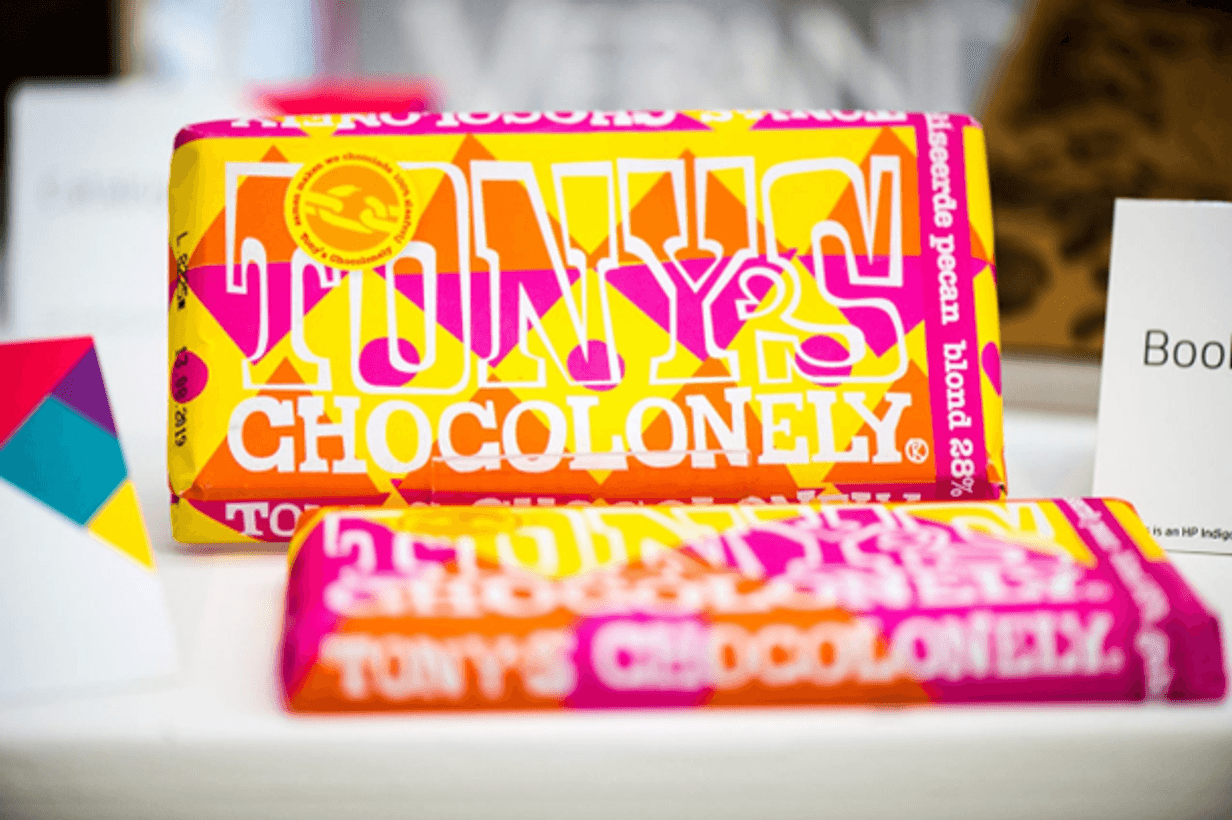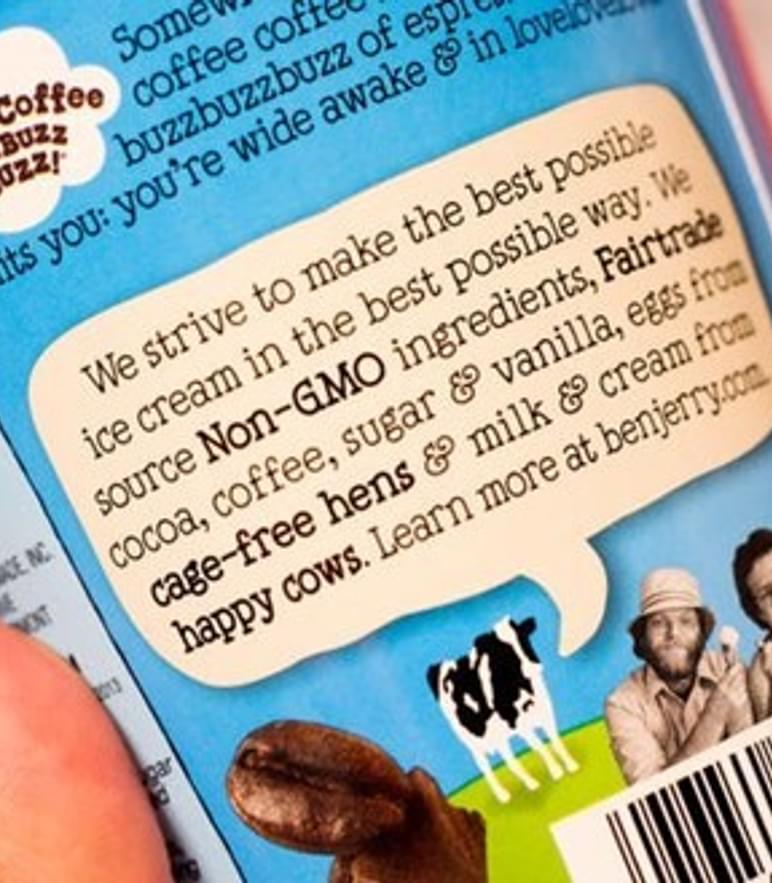Insights

28 Nov, 2025
Five Products: Showing How Sound Shapes Modern Consumer Experience
Read MoreHow long before you feel that familiar urge to switch to a different tab or pick up your phone instead of finishing reading this article?
Recent research suggests that I have about 47 seconds, especially if you’re reading this on an electronic device. In the early 2000s, I would’ve had 2.5 minutes. And although it’s difficult to objectively measure someone’s attention span, this research gives an indication that attention spans are getting shorter.

For Gen Z, never knowing a world without smartphones and social media platforms like TikTok, which features 15-second videos, it's likely that their attention spans are indeed the lowest of any cohort to date.
In a world constantly flooded with information, capturing the consumer’s attention is like winning a spotlight in a crowded theatre. Think of your product as the star on that stage. Just as in a theatre, 'selective attention' becomes crucial. Consumers have limited mental spotlight hours, and they often have only a brief window of attention to consider their options. This limited attention span can lead to quick judgments and reliance on heuristics or mental shortcuts to make decisions.
Brands face the challenge of capturing this fleeting attention and making a lasting impression. By harnessing behavioural science insights, brands can strategically communicate their core value proposition, sparking consumer curiosity and engagement.
Standing out in this digital cacophony has become both an art and a science. It's not just about being the loudest or flashiest; it's about being relevant, authentic, and deeply meaningful to your audience. Your brand’s core value proposition is its lifeblood. It encapsulates what your brand stands for and why it matters to its customers—delivering this message effectively can be the difference between capturing a consumer’s interest or being lost in the ether of the competitive marketplace.
Successful brands know that capturing attention is just the first step. They understand their customers' needs, values, and dreams, and they craft compelling narratives, eye-catching visuals and packaging, and unforgettable experiences that truly resonate. These brands aren't just fighting for a fleeting glance; they're aiming for a lasting emotional connection. In a world where consumers face an overwhelming array of choices, it's the brands that stand out for the right reasons, delivering genuine value or addressing real needs, that leave a lasting impression in the age of limited attention spans.
Behavioural science offers a lens into the human behaviours that drive decision-making and engagement. Here are some key relevant principles, that are likely to bolster efforts to reach and engage Gen Z.
Cognitive Ease
The human brain prefers things that are easy to think about. Brands should make their value proposition immediately clear and memorable to increase acceptance. Why should they choose your brand? What’s unique about it?
Halo Effect
This principle suggests that an overall impression can influence opinion about specifics. Creating a positive brand perception, whether through engaging marketing campaigns, attractive packaging, or consistent branding, can help reinforce your core value proposition in the minds of consumers.
Primacy and Recency Effect
People tend to remember the first and last pieces of information they encounter more vividly. Hence, positioning crucial messages at the beginning and end of your communication ensures better recall. This effect applies to product packaging too. Effective packaging, like Apple’s minimalist and premium designs, leaves a strong first impression and a memorable unboxing experience (a strong last impression) that consumers often share on social media.
With these principles in mind, brands can adopt the following strategies:
Grab Attention with Visuals
Use compelling visuals in your marketing campaign and packaging design to not only attract attention but also effectively communicate your brand’s value. Humans are better at remembering images compared to words. Consistent visual elements across all branding channels can improve recall and recognition. Product packaging has evolved into a vital channel for conveying a brand's value proposition, both implicitly and explicitly. It serves as the initial tangible interaction between consumers and a product. Ingeniously crafted packaging not only grabs attention but also serves as a visual storyteller, effectively conveying the brand's ethos and character. From the choice of materials to showcasing support for charitable causes, packaging represents a crucial visual medium in brand communication.
An example of this is Tony's Chocolonely, which elevated this concept by redesigning the chocolate bar itself into unevenly divided pieces, symbolising the unequal distribution of the cocoa supply chain.


Use the Power of Storytelling
Stories activate multiple brain areas, far more effectively than dry facts alone. Our human nature craves narratives, and we readily invest our limited attention in those that establish a deep connection, captivate our senses, and evoke our emotions, propelling us to journey to their compelling conclusions. Weave your value proposition into an engaging and authentic narrative, making your brand more memorable.
An excellent example of this is Ben & Jerry’s, who’s packaging often includes fun illustrations and stories about their commitment to fair trade ingredients and social justice.
Make it personal
Leveraging consumer data can help create consistent branding strategies and tailored product experiences that bring the customer closer to your brand’s core values. This increases the perceived relevance of your brand and strengthens the emotional connection consumers feel towards it.
Some forward-thinking brands are embracing personalisation through innovative means such as reconfigured manufacturing processes, the establishment of customisation hubs, or by providing direct opportunities for consumers to personalise products. For instance, consider Function of Beauty, a brand specialising in bespoke haircare solutions. They empower consumers to craft their own unique formulas and receive them in personalised packaging adorned with their name—a compelling demonstration of how personalisation can reinforce a brand's commitment to individuality and self-expression.
Understanding and adapting to consumers' limited attention span is a fundamental aspect of effective brand strategy and can significantly influence consumer behaviour. By understanding your target audience and leveraging relevant behavioural science principles, brands can effectively communicate their core value proposition, leaving a lasting impression amidst the digital noise. Embrace this challenge—your brand’s success depends on it!
Insights

28 Nov, 2025
Five Products: Showing How Sound Shapes Modern Consumer Experience
Read MoreNews

25 Nov, 2025
'If Your Product Updates Don’t Match the Frequency of Smartphone Upgrades, You'd Better Rethink Your Strategy.”
Read MoreNews

22 Oct, 2025
MMR at Printemps des Études 2025: Reconnecting Through Insight and Innovation
Read MoreNews

22 Oct, 2025
NEWS RELEASE: Non-Alcoholic Beverage Inventor, Ben Branson Calls for More Originality
Read More
21 Oct, 2025
Five Products: Signaling What’s Next for Alcohol
Read MoreInsights

10 Oct, 2025
Why CPG Must Get More ‘Touchy Feely’ – and Fast
Read MoreNews

09 Oct, 2025
Stop guessing. Start innovating confidently. Sensory Bot™ is here.
Read MoreInsights

08 Oct, 2025
Inside Heineken’s Flavour Innovation: How Agentic Ideation and AI Personas Are Boosting Novelty
Read MoreInsights

17 Sep, 2025
Five Products: Making the Most of Matcha’s Moment in the Sun
Read MoreNews

16 Sep, 2025
NEWS RELEASE: Sensory Bot™ Reveals the Unseen — Turning Product Experience into Your Competitive Edge
Read MoreInsights

15 Sep, 2025
From Brand to Product: Why CPG Must Learn From China’s Proof-First Market
Read MoreNews

15 Sep, 2025
Pangborn 2025: An Essential New Paradigm for Product Development
Read More